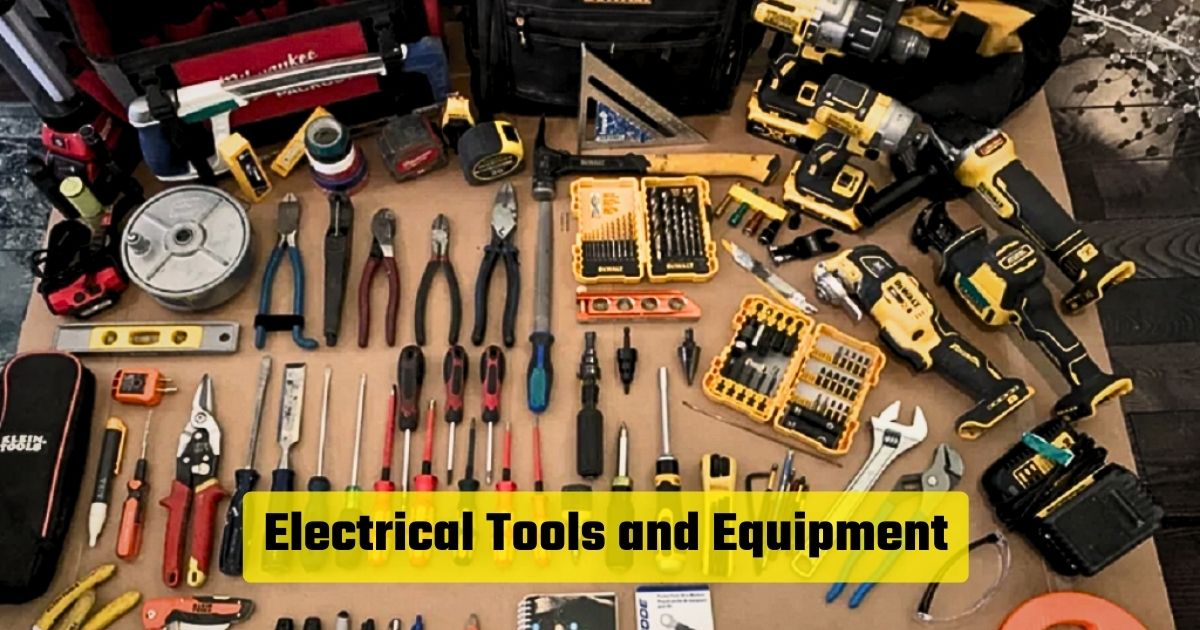safety Rules For Home About Electricity | 10 safety Rules For Home About Electricity
If you want to know about electricity safety Rules, then you have come to the right place. Today, we have given complete information about how to stay away from the dangers of electricity, which is why you read our article carefully from beginning to end.
“10 Safety Rules for Home About Electricity” is a great little book on how to avoid dangerous electrical situations. It doesn’t matter whether you are a housewife or a homeowner; you should never trust your electrician with the responsibility of charging your home. There are certain things you can do to reduce the risk of an electrical shock. These 10 rules about electricity in the home are not meant to be an all-inclusive checklist, but they do cover many areas that are important to be aware of.
No matter what type of power source you use in your home, you should be cautious about any situation where you are not completely safe (safety Rules). Always have a safety plan in place for unexpected power outages and storms. It is also important to keep a lookout for anything that may seem out of the ordinary when it comes to your power.
Electrical shock is a very serious situation and should never be taken lightly. If there is ever a time when you feel you are in danger, turn off the electricity at your workstation immediately and contact an emergency number right away.
You should also be sure to follow the electrical code within your area to ensure the safety of yourself and others. It’s important to note that electricity is a natural resource. This means that it is extremely dangerous to attempt to treat it as such. Any and all dangerous situations should be avoided.
There are many safe options available to help prevent electricity from harming you and your family, so pay attention to what you are using and keep yourself and others safe(safety Rules). 10 safety rules about electricity in the home can be hard to adhere to, but if you truly want to be safe, adhere to these rules and protect yourself and others.
Friends, electricity has become a necessity in our lives today, because today we can do unimaginable things like TV, AC, bulb, etc. from a remote. The best thing that electricity is, the more important it is to stay safe.
News of the electricity accident is more visible nowadays. An electricity accident is caused by a fire or shock circuit, but there is a huge amount of damage due to this accident. Not using electricity properly is the main cause of electrical accidents (safety Rules).
safety Rules of Electricity | 10 Electrical Safety Tips For The Workplace
Electric Safety Rules
We have explained the electric safety rule well below, you should understand it carefully.
Whenever you work with any equipment, use non-operating equipment.
If your body is wet or if you are standing on a wet floor then you do not have to use any power tools.
Whenever you work with power tools, always use insulated tools.
Use rubber gloves when working on any electrical circuit.
Always follow the warning signs.
Electrical Shock Hazard
Electrical hazards can be defined as hazardous conditions that occur due to conductors or equipment activated with energy. Whenever someone works with electric shock or electric shock nearby, it causes an arc blast.
The severity of an electric shock depends on many factors. Water is the largest conductor of electricity, allowing current to flow through wet skin.
Electrical Safety-Related Work Practices
Workers who work on the active parts of electricity are trained to avoid hazards. Along with that, workers who work on these active parts should use insulated tools, rubber gloves, etc. to avoid electric shocks.
Qualified Personnel vs. Unqualified Personnel
Many people wonder if it is okay to hire a contractor or a layman to work on projects because they feel that if they hire someone they know that they will get better service. This is one of the biggest misconceptions about hiring people for your home improvement project. There are two schools of thought about this issue.
The first school of thought is that if you are going to spend money on hiring contractors to do work on your house that you can have better-qualified people to perform the job at a cheaper price, and the second school of thought is that you can’t afford to hire qualified personnel to do the job at a more affordable cost. (safety Rules)
So you need to ask yourself which category of person would best be able to do the job that you need to be done. Be sure that you do not fall into the category of hiring unqualified people versus hiring qualified people. If you do you will find that it is very difficult to try to fix problems later down the road without the proper training.
Working on a near energized circuit
Here the part on which the employee can be exposed should be used till then. Unless the employee works on that part until the parts introduce additional hazards due to design limitations. Examples of additional hazards include obstruction of life support, turning off ventilation equipment, removing lights for that part or area, etc.
Deenergized Parts
Here the part of any electrical equipment is considered as activating, that active part is de-energized. Exposure of any worker to contact parts of electrical equipment. Safe procedures must be laid to make the circuit safe before rebuilding the circuit.
Energized Parts
Here, employees are understood as long as employees work on active parts. When working on living parts contact by direct contact is a means of material. As we mentioned above, only qualified workers are allowed to work on the active parts of electricity. Because this qualified worker is able to work safely on active circuits. Article 130.2 of NFPA 70 E requires devices above 50v to be in “electrically safe working condition” before repair work can begin.
Overhead Lines
The work should be done near the overhead lines only when the lines are removed before starting work. Insulating, guarding, etc. is also a type of protective measure. Ineligible workers working in high places near these lines do not allow any conductive object exposed to any energetic overhead lines to come closer than the following distance.
Along with that, unqualified workers working on the ground in the area near these lines are not allowed to bring any conductive object.
Electrical Safety Protective Methods use of protective equipment
General Protective Equipment and Tools
If a device makes contact with parts, handling equipment and insulated equipment are used by workers working near enclosed circuit parts. The insulating literature of the instrument must be preserved. Hand lines used near exposed parts should be non-trailing.
Use of Protective Equipment
If there is a potential electrical hazard in any place, workers working on electricity should be provided there. The same should work with the use of appropriate safety equipment for their safety (safety Rules). Together with CFR 1910.137, electrical safety devices should be tested periodically.

Arc Flash Personal Protective Equipment
This should be seen as the last line of protection and personal protection equipment that protects it after the occurrence of infusion flash.
Conclusion
Electrical safety is one of the highest priorities in every business organization. Electrical hazards during the work can be eliminated with correct electrical safety training. Most electrical injuries can be avoided with correct workplace safety training alone. ERECTIONS. Electric shock is also the most common occupational injury resulting from the direct contact of a voltage with the body. (Safety Rules)
Workers, especially electrical workers, should be educated on safe practices to avoid accidents. Specific instructions on how to avoid electrocution and electrocautery should be taught to workers to prevent injury and even death (safety Rules).
Every worker should be trained on working with electricity, which includes, but is not limited to working around electricity, or any area where there are voltage levels that are high. In the construction industry, electricians are most at risk because they work around electricity most of the time. Construction companies and workers also should be educated on what to do if there is an accident.
Workers should wear the following personal protective equipment such as ear protectors, safety glasses, masks, gloves, and respirators. These pieces of equipment protect workers from being electrocuted, blinded, burned, or cut. Electrocutions are categorized into three types, namely, conductive electricity, airborne electricity, and insulating electricity (Safety Rules).
Welding and metals have higher chances of causing burns than any other. Most people who are exposed to hazardous welding gases experience burns. Therefore, the use of breathing air purifiers, appropriate personal safety equipment, and testing equipment are important in providing protection to workers from exposure to harmful gases (safety Rules).






